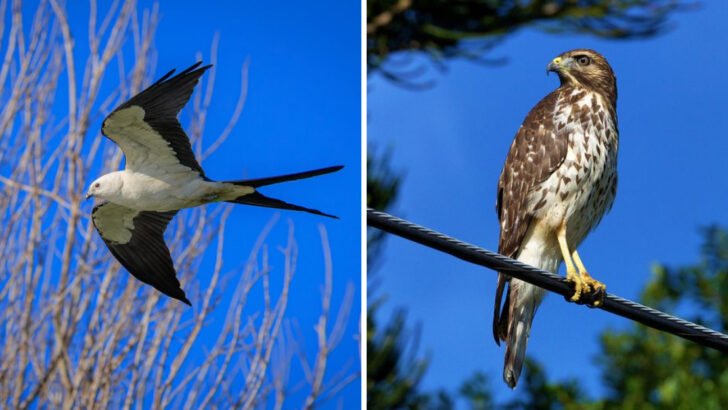They were once on the brink—feathered hunters fading into memory.
Now? They’re clawing their way back into the skies.
Across the U.S., birds of prey are staging an airborne rebellion.
From eagle-eyed hawks to silent, sharp-taloned owls, these raptors aren’t just surviving—they’re thriving.
And the best part? You don’t need to trek deep into the wilderness to witness their return.
These comeback stories aren’t soft or subtle.
They’re fierce, feather-ruffling, and absolutely worth watching.
Some were nearly ghosts—vanished from treetops and cliff edges.
Now they rule again, soaring with a vengeance.
Ready to meet the winged warriors rewriting their fate?
These 12 birds prove the sky is far from empty.
Bald Eagle
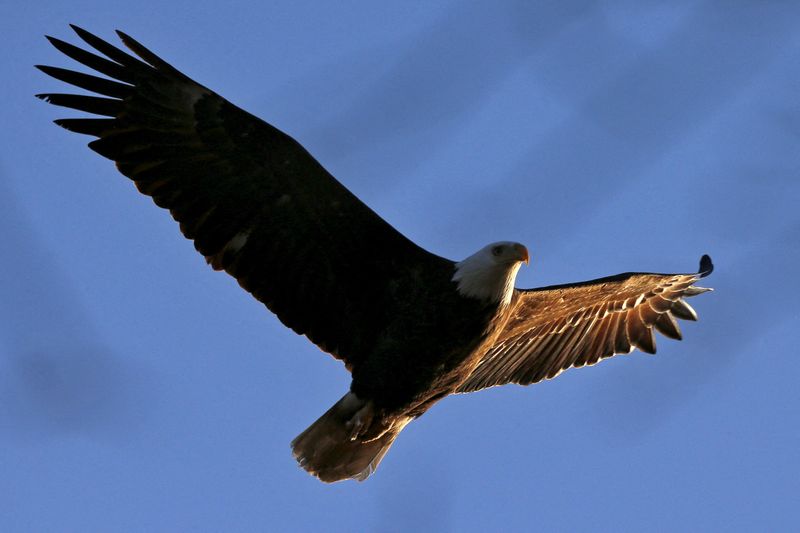
Once on the brink of extinction due to DDT, the bald eagle has made a triumphant return. With its striking white head and tail, it has become a symbol of American freedom. Conservation efforts have seen its numbers grow remarkably. Today, the bald eagle can often be seen soaring over lakes and rivers, hunting for fish. Its comeback story is a testament to the power of dedicated environmental efforts. Did you know? The bald eagle was removed from the endangered species list in 2007, marking a significant victory for conservationists.
Peregrine Falcon
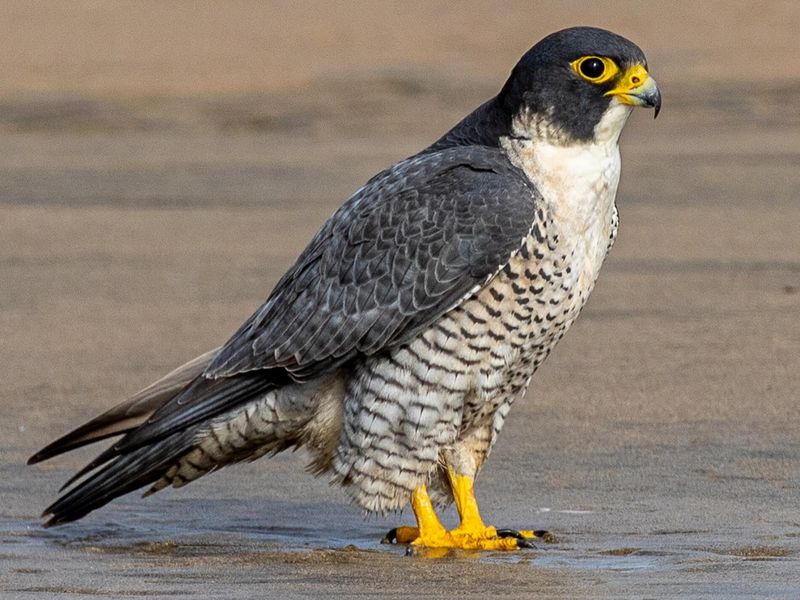
Known as the fastest bird in the world, the peregrine falcon is a true aerial acrobat. After suffering population declines due to pesticide use, these raptors have rebounded impressively. They’ve adapted to urban environments, nesting on skyscrapers and bridges. Their incredible speed, reaching over 240 mph in a dive, makes them formidable hunters. The peregrine falcon’s recovery is celebrated as one of the most successful conservation stories. Fun fact: Peregrine falcons were reintroduced in many cities, where they now thrive and help control pigeon populations.
Osprey
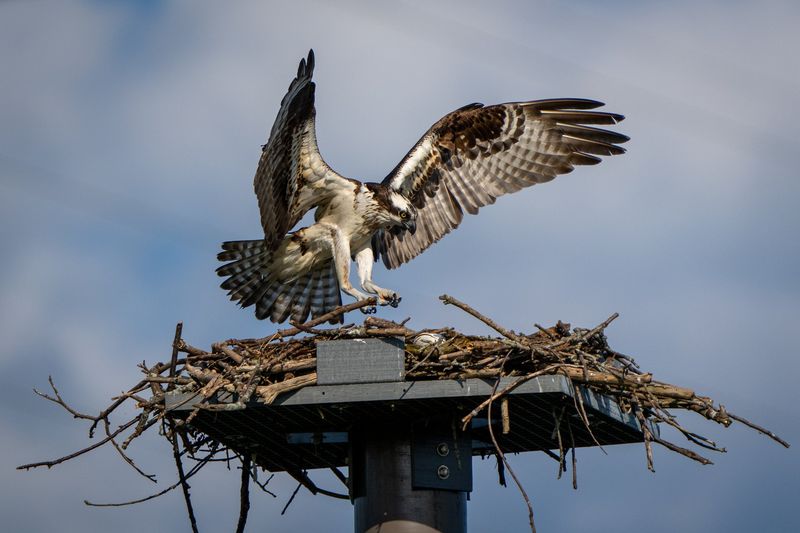
The osprey, often called the “sea hawk,” has seen a remarkable resurgence. It thrives near bodies of water, where it hunts fish with incredible precision. Once threatened by habitat loss and pollution, the osprey’s numbers have increased through dedicated conservation efforts. Its distinctive brown and white plumage and piercing eyes make it a striking sight. This bird of prey is now a common view over coastal regions and inland lakes. Did you know? Ospreys are known for their unique ability to close their nostrils to keep water out during dives.
Red-tailed Hawk
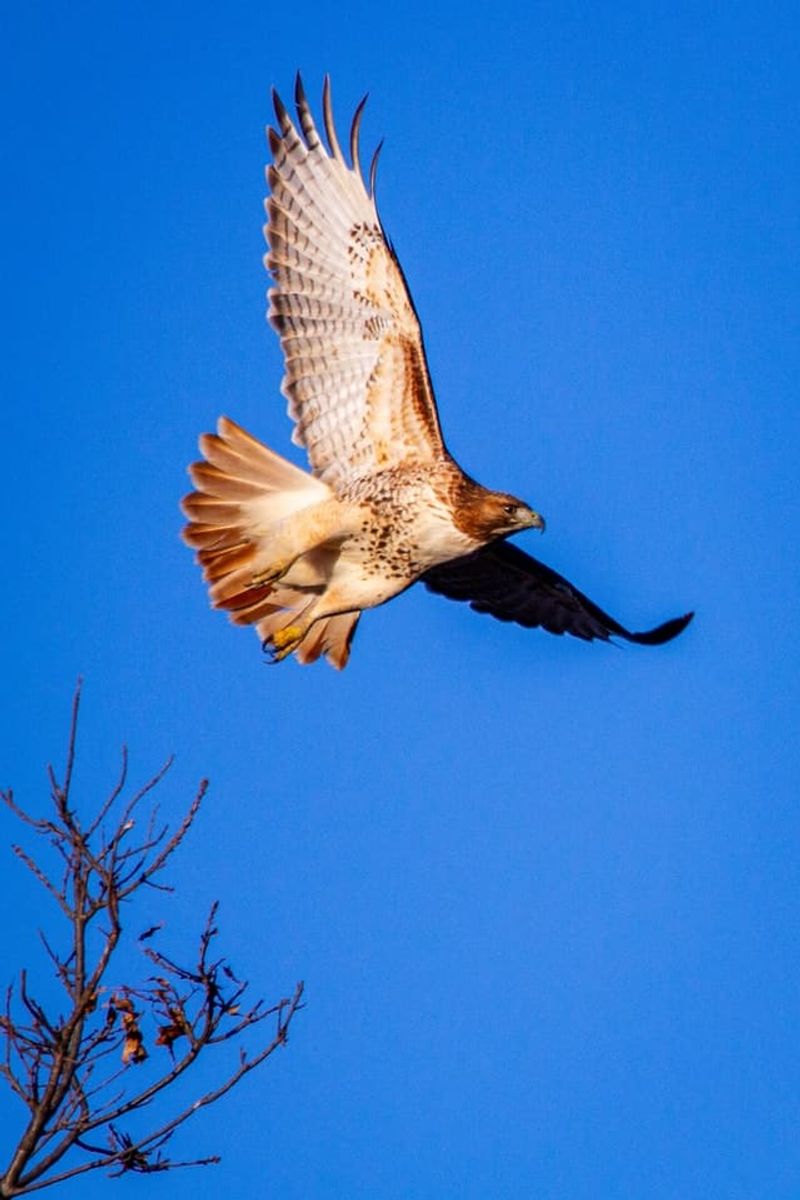
The red-tailed hawk is one of the most widespread raptors in North America. Known for its distinctive reddish-brown tail, it often perches on roadside poles and trees. This adaptable bird of prey has benefited from changing land use practices and legal protections. Its loud, screeching call is a common sound in rural and suburban areas. As rodent populations grow, so do red-tailed hawk numbers, showcasing nature’s balance. Fun fact: The red-tailed hawk’s call is often used in movies to represent any eagle or hawk, regardless of species.
American Kestrel

The American kestrel, North America’s smallest falcon, is a master of agility and grace. Despite facing challenges from habitat loss, its population is stabilizing, thanks to conservation efforts. This colorful bird can be seen hovering in fields and open areas, hunting for insects and small mammals. Its return is a positive sign for grassland ecosystems. The kestrel’s vibrant plumage and keen hunting skills make it a favorite among birdwatchers. Did you know? American kestrels can see ultraviolet light, which helps them detect vole urine trails.
Swallow-tailed Kite
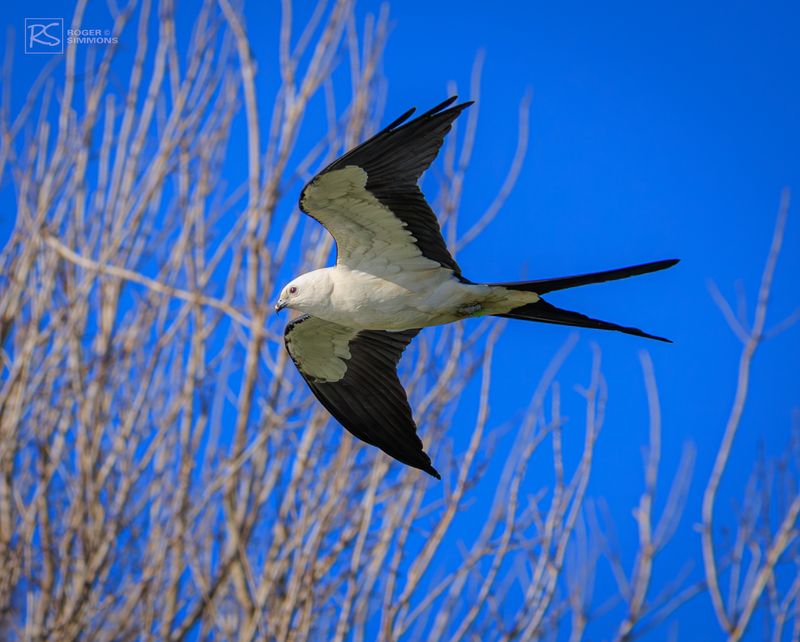
A symbol of elegance, the swallow-tailed kite is a sight to behold as it effortlessly glides over wetlands. Once declining due to habitat destruction, dedicated conservation initiatives have bolstered its numbers. Its distinctive forked tail and striking plumage make it easily recognizable. This bird of prey is now commonly seen soaring in the southeastern United States. Its comeback highlights the importance of preserving wetland habitats. Fun fact: Swallow-tailed kites are known for their acrobatic flight maneuvers, often catching insects mid-air with their talons.
Northern Harrier
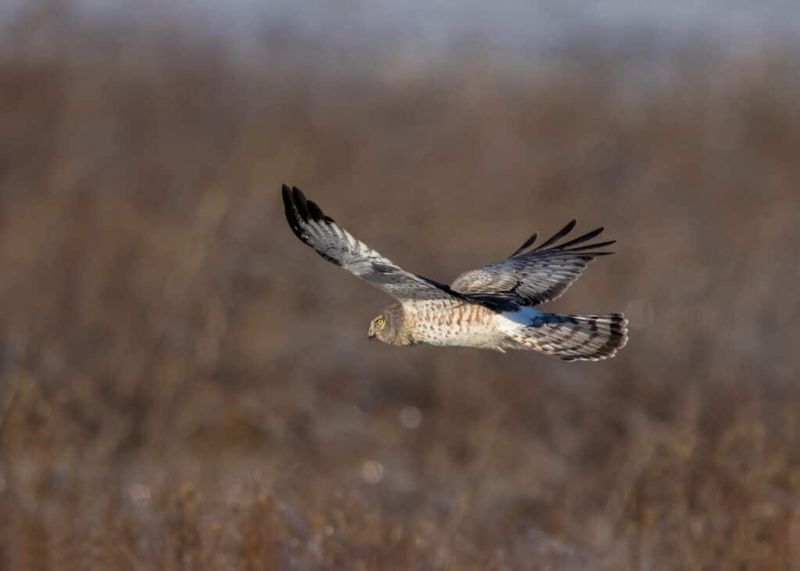
The northern harrier, often called the “marsh hawk,” is celebrated for its graceful, low flight over wetlands. Its population is rebounding thanks to habitat protection and wetland conservation. Known for its owl-like face, the harrier hunts by sound as well as sight. Its unique hunting style and striking appearance make it a fascinating bird to observe. As wetland habitats recover, northern harrier numbers continue to rise. Did you know? Unlike most hawks, male and female northern harriers look quite different, with females being larger and brown in color.
Cooper’s Hawk

Cooper’s hawk, a stealthy woodland predator, is making a noticeable comeback. Once affected by deforestation and pesticide use, its numbers are increasing in urban and suburban areas. Known for its agility in flight, it weaves through trees with ease. Often seen hunting songbirds, this hawk has adapted well to human-altered landscapes. Its return is a sign of resilience and adaptability. Fun fact: Cooper’s hawks have been known to chase prey through dense forests, exhibiting incredible maneuverability.
Broad-winged Hawk
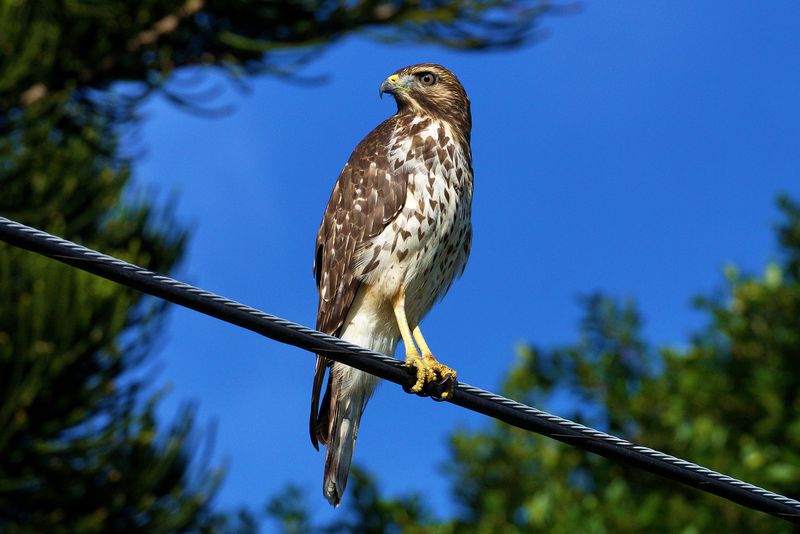
The broad-winged hawk is famous for its long migrations, traveling from North America to South America each year. Their populations are recovering due to forest conservation efforts. Known for gathering in large flocks during migration, these hawks provide a spectacular sight. With their broad wings and characteristic tail bands, they are easy to identify. Their resurgence highlights the importance of protecting migratory pathways. Did you know? Broad-winged hawks embark on one of the longest migrations of any raptor, covering thousands of miles each year.
Golden Eagle

The golden eagle, a symbol of majesty, is regaining its presence in the wild. These powerful hunters are thriving in remote mountainous areas and open plains. Conservation efforts and legal protections have enabled their numbers to increase steadily. Known for their impressive wingspan and keen eyesight, golden eagles are majestic in flight. Their recovery underscores the importance of preserving natural habitats. Fun fact: Golden eagles are known for their hunting prowess, capable of taking down prey much larger than themselves, including deer.
Barn Owl

The barn owl, with its ghostly appearance, is a nocturnal hunter of the night. Once facing population declines due to habitat loss, these owls are making a comeback. Their adaptability to live in barns and other human structures has aided their survival. Known for their silent flight and eerie calls, they captivate many a night wanderer. Their recovery is a positive sign for nocturnal ecosystems. Did you know? Barn owls have an acute sense of hearing, allowing them to hunt effectively even in complete darkness.
Ferruginous Hawk
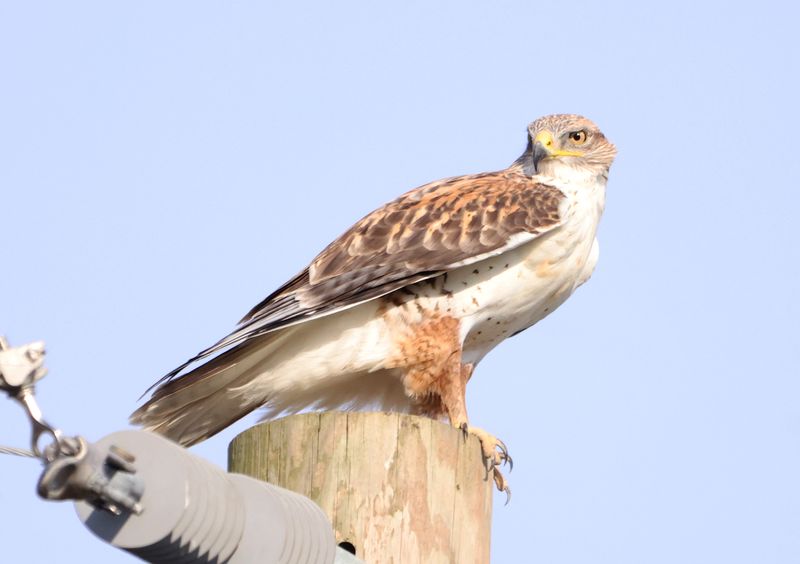
The ferruginous hawk, the largest of the North American hawks, is experiencing an encouraging resurgence. Preferring open prairies, these birds are benefitting from grassland conservation efforts. Their striking rust-colored wings and large size make them a remarkable sight. Known for nesting on the ground or low in trees, their comeback signals hope for prairie habitats. This hawk’s return is a testament to targeted conservation practices. Fun fact: Ferruginous hawks have been known to form mutualistic relationships with prairie dogs, as both species benefit from increased vigilance against predators.

